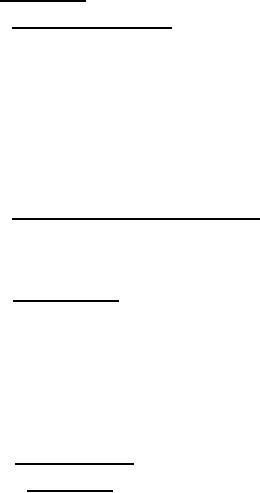 |
|||
|
|
|||
| ||||||||||
|
|  MIL-C-82629(OS)
specification shall be conducted under any combination of conditions within the following changes,
(a) Temperature: 20 degrees C to 30 degrees C.
(b) Relative humidity: Room ambient to 95 percent.
(c) Barometric pressure: 24 to 31 inches of mercury (80 to 105 kPa).
4.5 Test methods
4.5.1 Examination of product. The cable assemblies-and components shall be examined to insure
conformance to the following requirements of this specification , applicable NAVSEA drawings, and
the contract or order.
(a) 3.2 NAVSEA drawings,
(b) 3.5 Materials,
(c) 3.6 Design and construction.
(d) 3.10 Workmanship.
(e) 5 Preparation for Delivery,
Mk 42 Mod 1 shall be
4.5.2 Connector mating and unmating force. A Torpedo Tube Cable Connector
and pull direction.
mounted in a movable holding device capable of measuring force in both a push
to the mating con-
The appropriate cable assembly tube door plug shall be engaged and disengaged
connector by hand as in service use. The force required to engage and disengage
the connector shall be
determined. See Figure 1.
4.5.3 Cable strength. Securely mount a Torpedo Tube Cable Connector Mk 42 Mod 1 in a suitable
fixture (Figure 2). Mate the appropriate cable assembly tube door plug with the connector and se-
curely clamp the cable in a horizontal plane 15 +1 -O inches (380+25-Omm) from the connector. Attach
the weight support to the cable at a point midway between the plug and cable clamp. The weight sup-
port shall be no more than 1.5 inches (38mm) long and of such design as to spread the load evenly
over the 1.5-inch (38-mm) length of cable. The cable sheath may be protected or padded to prevent
damage, A weight of 200 pounds (890N) shall be suspended from the cable for a period of at least 60
seconds, not including the application and removal periods. During application and removal of this
force, all circuits shall be monitored for a discontinuity of greater than 100 microseconds. The
circuits may be wired in series. The load shall be applied and released a total of 20 times over a
period not to exceed 2 hours.
.4.5.4 Cable flexibility
4.5.4.1 Torsion test
(a) A torsion test shall be performed on the cable assembly while it is mounted in a suitable
test fixture. The cable shall be mounted and clamped at two points on the test fixture such that a
90-degree bend with a radius not to exceed 4 inches (102mm) shall be formed within a 10-inch (254mm)
length of cable (see Figure 3). The cable shall be rigidly secured to a fixed support at one clamp
position. The pivot axis of the arm shall be an extension of the centerline of the cable which is
clamped to the fixed support.
(b) One cycle of torsion shall consist of a 90-degree rotation in one direction and a 180-degree
rotation in the reverse direction, and a 90-degree rotation in the original direction to the start
position, in a plane perpendicular to the fixed support.
(c) The test shall be conducted at a rate of 2 cycles per minute. The time duration of one
cycle shall approximate but not exceed 15 seconds. Continuity of all conductors shall be monitored
continuously. The test shall be stopped and the number of cycles recorded in the event of failure
of any conductor. The test shall consist of 3000 cycles of torsion.
6
|
|
Privacy Statement - Press Release - Copyright Information. - Contact Us |